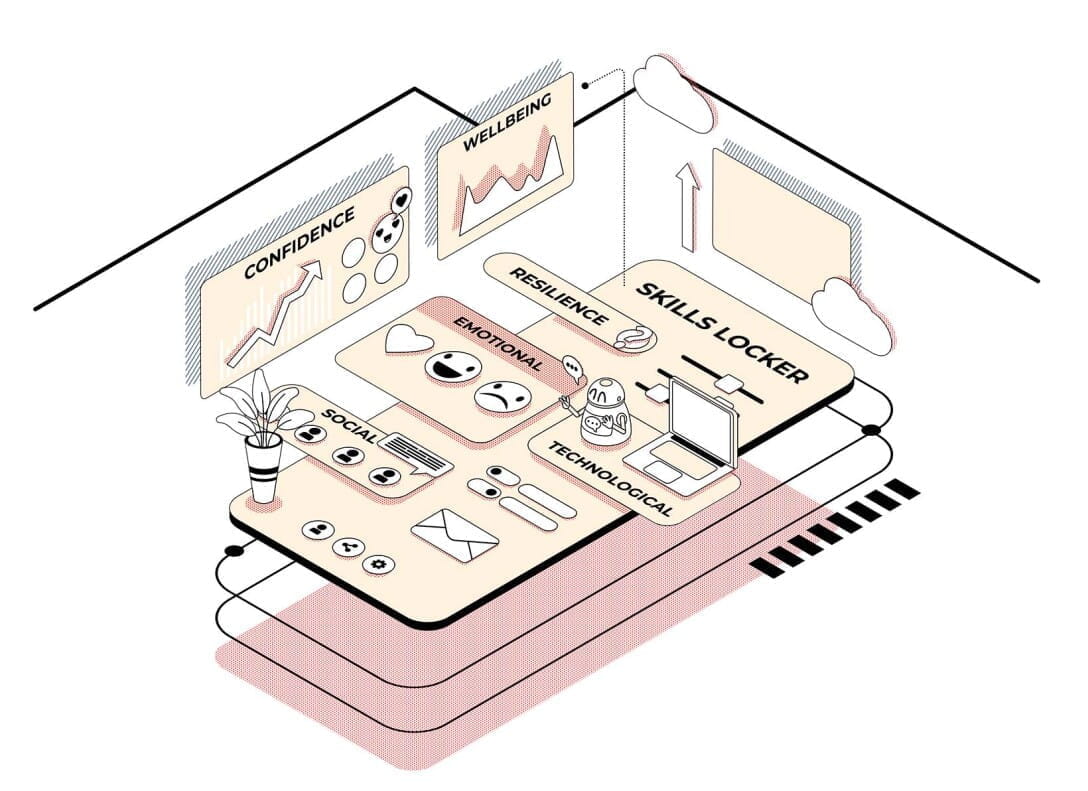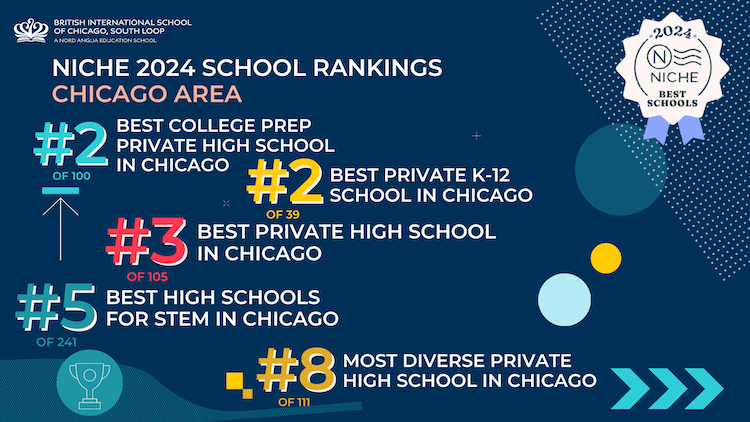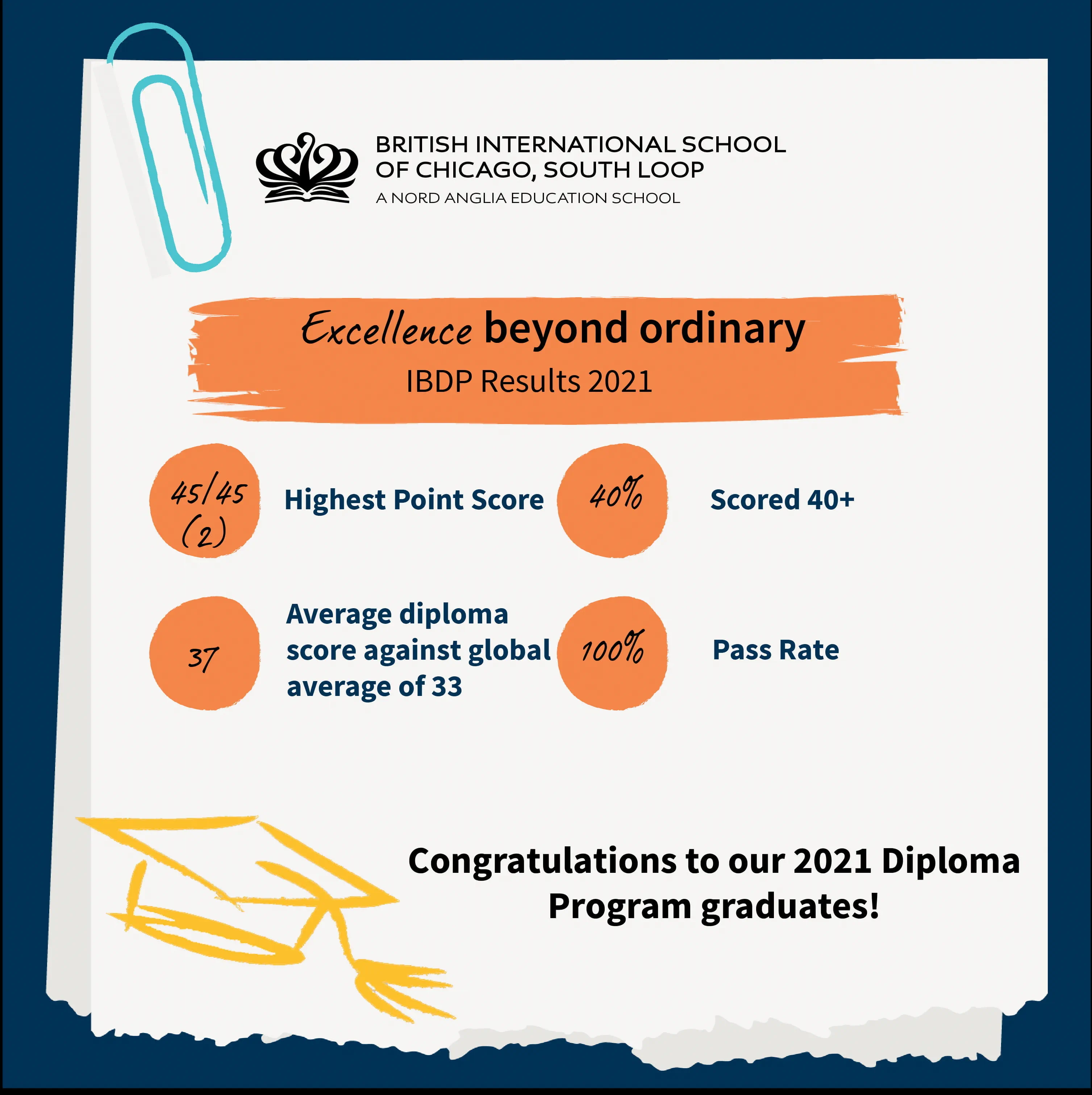Testing In: What’s the Independent School Entrance Exam? Applying to a new school for Grade 6 (Year 7) and beyond can have more steps than a tango. Where most schools differ in their admissions requirements is assessments, and schools across Chicago require a range of them.
Applying to a new school for Grade 6 (Year 7) and beyond can have more steps than a tango. As you begin to research schools and their respective admissions processes, you'll notice there are a number of common requirements, like an application, a parent meeting, recommendation forms, school records and a shadow day. Where most schools differ in their admissions requirements is assessments.
What tests are required when applying to Middle and High Schools?
Schools in the Chicago area require a range of assessments for admission. Chicago Public Schools require the Measures of AcademicProgress® test for placement, Chicago Catholic Schools require the High School Placement Test® and Chicago Independent Schools require the Independent School Entrance Exam® (ISEE).
What is the ISEE?
As an independent school, British International School of Chicago requires the ISEE for applicants applying to Grades 6-12 (Years 7-13). The ISEE exam was developed by the Educational Review Board and is revisited every year to ensure validity and accuracy of the questions. The exam has four multiple choice sections: Verbal Reasoning, Reading Comprehension, Quantitative Reasoning and Mathematics Achievement. The exam also has an essay that is not scored, but is sent to the school(s) along with the scores of the multiple choice exam. Schools look at the essay to gauge a number of factors, including spelling, handwriting, grammar, sentence structure, punctuation as well as a student’s creative writing ability and personality.
Where do I take the ISEE? How will I know my score?
You can register to take the ISEE at a participating schools around Chicago or at a prometric test site in a several countries around the world. When you register, be sure to select (or write in) each school you are considering applying to because ISEE sends digital and paper copies of the exam scores directly to the school(s). Parents will also receive a digital and paper copy for their records. The exam is scored in three ways: a scaled score, a percentile rank and a stanine (a score from 1 to 9). Schools may have a stanine minimum requirement for admissions—be sure to check with your school of choice. For a sample ISEE grade report, click here.
Is the ISEE the most important factor for determining admissions?
At BISC, we believe student potential can’t be solely judged by a standardized test score. The ISEE is only one component of our admissions process. All of the steps—the application, Math recommendation form, English recommendation form, school records, parent meeting, shadow day and ISEE—are given equal consideration and allow us to get to know the student above and beyond their test score.
Do your best!
Like all exams, we recommend getting a good night’s sleep the night before and eating breakfast the morning of your exam. If you would like to read more about how to best prepare for the ISEE, you can reference their preparation guides here.
Good luck!







